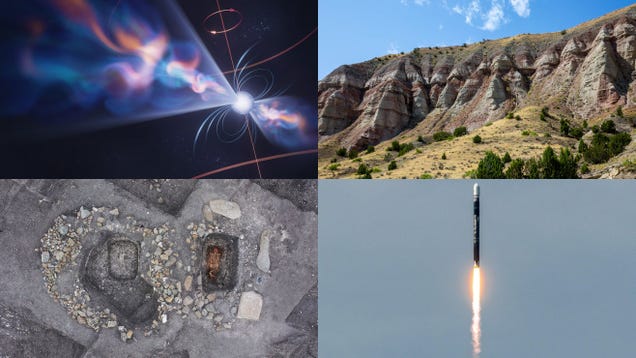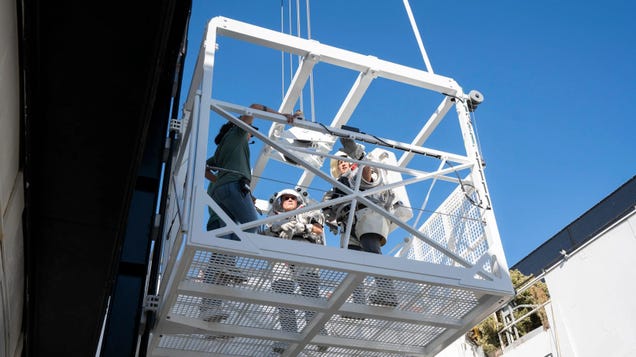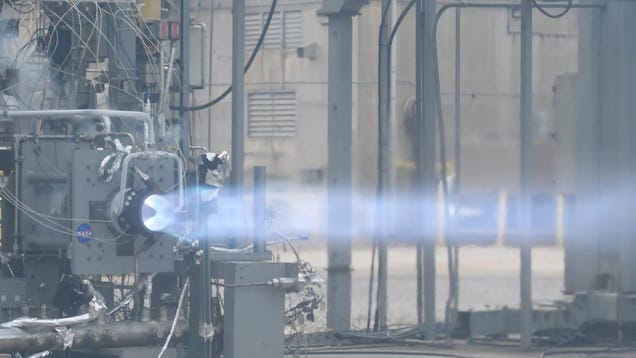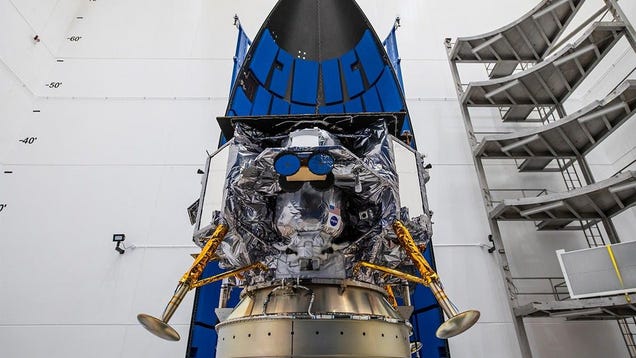NASA, ESA, CSA, STScI, Webb ERO Production Team, ESA/Webb, M. Barlow (UCL), N. Cox (ACRI-ST), R. Wesson (Cardiff University) M. Zamani (ESA/Webb), and the PDRs4All ERS Team

Our top science stories this week include a physics experiment to turn light into matter, an update from NASA’s Juno mission (it’s about to make a close encounter with Jupiter’s moon Io), and a roundup of the best archaeological discoveries of 2023.
NASA, ESA, STScI, Amy Simon (NASA-GSFC)
NASA/CXC/SAO/Ákos Bogdán; Infrared: NASA/ESA/CSA/STScI; Image Processing: NASA/CXC/SAO/L. Frattare & K. Arcand

Ahead of NASA’s long-awaited return to crewed Moon landings, the space agency is testing an elevator that will carry astronauts from their spacecraft to the lunar surface. If all goes as planned, this elevator will be ready for the Artemis 3 and 4 missions, ambitiously set for 2025 and 2028.
NASA, ESA, CSA, STScI, K. Luhman (Penn State University), and C. Alves de Oliveira (ESA)

NASA just put its new propulsion system to the test, powering a 3D-printed rotating detonation rocket engine for a sustained burn that lasted three times as long as the first test.

It’s time to look back at spaceflight in 2023, a real “two steps forward, one step back” kind of year, filled with highs, lows, and everything in between.

Astrobotic and Intuitive Machines are all set with their Moon landers. Now they just need their rockets prepped and the launch windows to swing open. But once underway, these NASA-funded missions, slated for early 2024, will chart a new course for the future of private space exploration.
